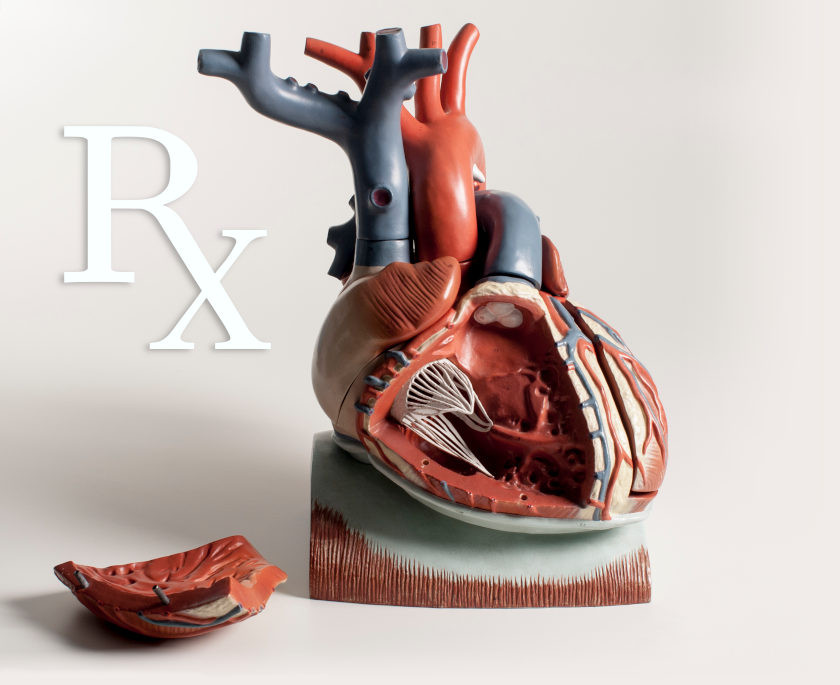Guided Learning - Cardiostimulatory Drugs
(NOTE: Turn off or override browser pop-up blockers.)
- What are the effects of cardiostimulatory drugs on heart rate, electrical conduction within the heart, stroke volume, cardiac output and myocardial oxygen demand? click here
- Cardiostimulatory drugs are used for which cardiovascular disorders and why are they effective for these conditions? click here
- What mechanistic classes of drugs are cardiostimulatory? click here
- Which mechanistic class of cardiostimulatory drugs is sympathomimetic? click here
- How do beta-agonists affect heart rate, conduction velocity, mechanical function and myocardial oxygen demand? What signal transduction pathways are involved in these effects? click here
- Which beta-agonists are used for treating acute heart failure and circulatory shock? Describe their pharmacology. click here
- How does digoxin increase cardiac inotropy in heart failure patients? click here
- What pharmacokinetic properties of digoxin determine how this drug is administered? click here
- What are some important side effects and drug interactions for digoxin? click here
- What is the mechanism by which phosphodiesterase (PDE3) inhibitors stimulate the heart in heart failure patients? click here
- What are some significant side effects of phosphodiesterase (PDE3) inhibitors? click here
Revised 10/28/2023

 Cardiovascular Physiology Concepts, 3rd edition textbook, Published by Wolters Kluwer (2021)
Cardiovascular Physiology Concepts, 3rd edition textbook, Published by Wolters Kluwer (2021) Normal and Abnormal Blood Pressure, published by Richard E. Klabunde (2013)
Normal and Abnormal Blood Pressure, published by Richard E. Klabunde (2013)